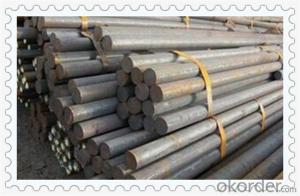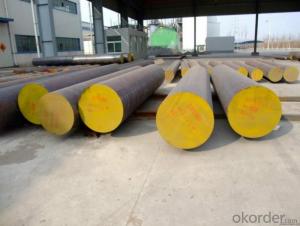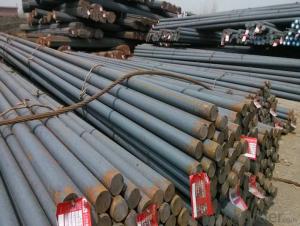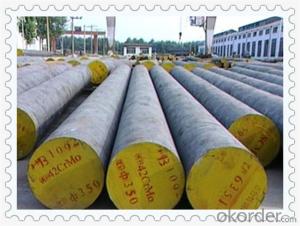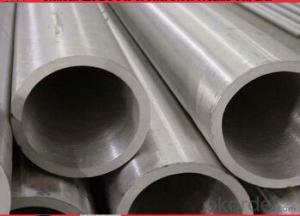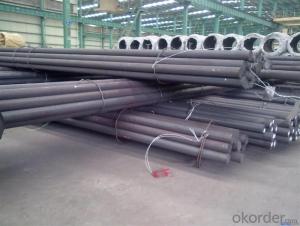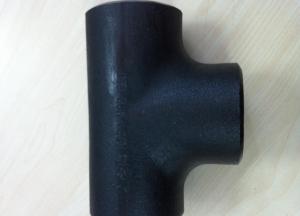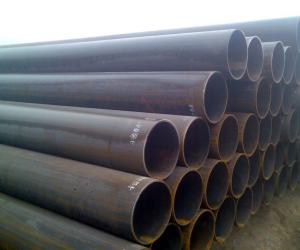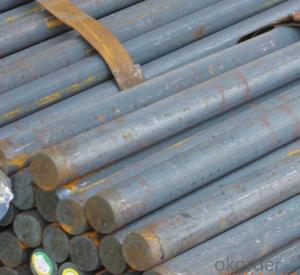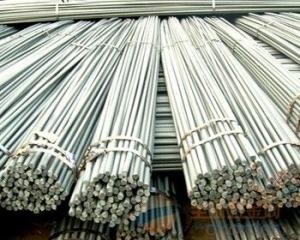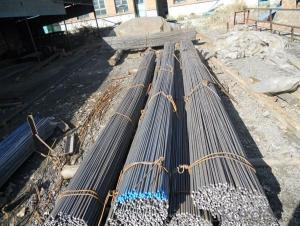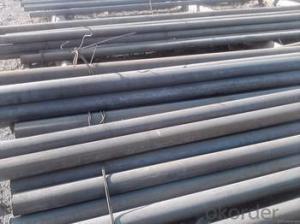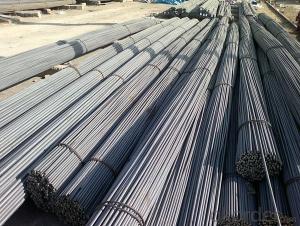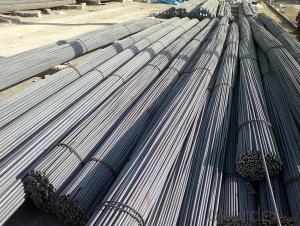Aisi 1045 Carbon Steel
Aisi 1045 Carbon Steel Related Searches
Best Paint For Stainless Steel Blanket Insulation For Steel Buildings Primer For Galvanized Steel Foam Filter For Stainless Steel H S Code For Stainless Steel Surface Grinding Wheels For Stainless Steel Surface Grinding Wheels For Hardened Steel Hole Saw For Stainless Steel Paint For Stainless Steel Stainless Steel For BbqHot Searches
Steel Mesh Panels For Sale Price For Stainless Steel Scrap Scrap Price For Stainless Steel Price For Stainless Steel Stainless Steel Tank For Sale Stainless Steel Sheets For Sale Cheap High Tea Sets For Sale Stainless Steel Tanks For Sale Stainless Steel For Sale High Density Fiberboard For Sale Solar Hot Water Collectors For Sale Scaffolding For Sale In Uae Scaffolding For Sale In Ireland Scaffolding For Sale In Houston Type Of Inverter For Solar Price Of Shipping Containers For Sale Types Of Inverter For Solar Stock Price For Aluminum Used Solar Inverter For Sale Steel Mesh Panels For SaleAisi 1045 Carbon Steel Supplier & Manufacturer from China
Okorder.com is a professional Aisi 1045 Carbon Steel supplier & manufacturer, offers integrated one-stop services including real-time quoting and online cargo tracking. We are funded by CNBM Group, a Fortune 500 enterprise and the largest Aisi 1045 Carbon Steel firm in China.Hot Products
FAQ
- Yes, steel round bars can be bent. The flexibility of steel allows it to be shaped and manipulated into various forms, including bending round bars into desired angles or curves.
- Carbon steel round bars have various surface treatments available, each serving a specific purpose and offering unique advantages. Some of the most commonly used treatments include: 1. Galvanizing: A layer of zinc is applied to the surface of the carbon steel round bar. This treatment provides exceptional corrosion resistance and significantly prolongs the steel's lifespan. 2. Black oxide coating: Also called blackening, this treatment creates a uniform, dark finish on the surface of the carbon steel round bar. Black oxide coatings offer mild corrosion resistance, improved lubricity, and a decorative appearance. 3. Chromium plating: By depositing a layer of chromium onto the carbon steel round bar's surface, typically through electroplating, this treatment enhances corrosion resistance, wear resistance, and provides a polished appearance. 4. Nitriding: Nitriding is a heat treatment process that diffuses nitrogen into the surface of the carbon steel round bar, resulting in a hard and wear-resistant layer. This treatment improves the steel's hardness and fatigue strength, making it suitable for applications requiring enhanced durability. 5. Phosphating: Phosphating is a chemical treatment that converts the surface of the carbon steel round bar into a layer of phosphate crystals. This treatment offers excellent corrosion resistance and enhances the adhesion of applied coatings or paints. 6. Powder coating: This treatment involves applying a dry powder to the surface of the carbon steel round bar, which is then cured under heat to form a protective coating. Powder coatings provide exceptional corrosion resistance, durability, and can be customized in various colors and finishes. These examples represent only a few of the available surface treatments for carbon steel round bars. The choice of treatment depends on the specific requirements of the application, such as corrosion resistance, wear resistance, aesthetics, and cost-effectiveness.
- What is the difference between steel and flat steel, round steel and steel?
- On the whole, the square section is square, flat section is rectangular, steel surface after finishing the round steel or steel wire (also called steel, silver bar).
- A hot rolled steel round bar and a precision ground steel round bar differ primarily in their manufacturing processes and resulting surface finish. Hot rolled steel round bars are produced by heating the steel billet or ingot to high temperatures and then passing it through a series of rollers to achieve the desired shape and size. This process results in a rougher surface finish with visible mill-scale or oxide layers. The hot rolling process also allows for variations in size and shape, making it a more cost-effective option for producing steel round bars in large quantities. On the other hand, precision ground steel round bars undergo a more refined and controlled manufacturing process. After the initial hot rolling, the bar is then ground to achieve a smooth and consistent surface finish. Precision grinding removes the mill-scale and oxide layers, resulting in a more polished appearance. This process also ensures a tight dimensional tolerance and improved straightness of the round bar. The choice between a hot rolled and a precision ground steel round bar depends on the specific application requirements. Hot rolled round bars are typically used in applications where surface finish is not critical, such as structural components, machinery parts, or construction materials. Precision ground steel round bars, on the other hand, are utilized in applications where a smooth surface finish, precise dimensions, and tight tolerances are necessary, such as in the manufacturing of precision tools, machinery components, or in industries like aerospace or automotive. In summary, the main difference between a hot rolled and a precision ground steel round bar lies in their manufacturing processes and resulting surface finish. Hot rolled round bars offer cost-effectiveness and versatility, while precision ground round bars provide a smoother surface finish, tighter tolerances, and improved dimensional accuracy for more demanding applications.
- Yes, steel round bars can be galvanized. Galvanizing is a process of coating steel with a layer of zinc to protect it from corrosion. This process is commonly used to increase the longevity and durability of steel products, including round bars.
- Yes, steel round bars can be used for structural purposes. They are commonly used in the construction industry for various applications, such as providing support and reinforcement in buildings, bridges, and other structures. The high strength and durability of steel make round bars an ideal choice for structural use, as they can withstand heavy loads and provide stability.










